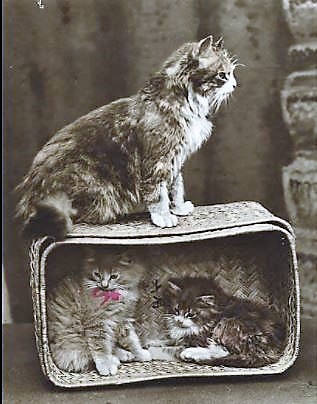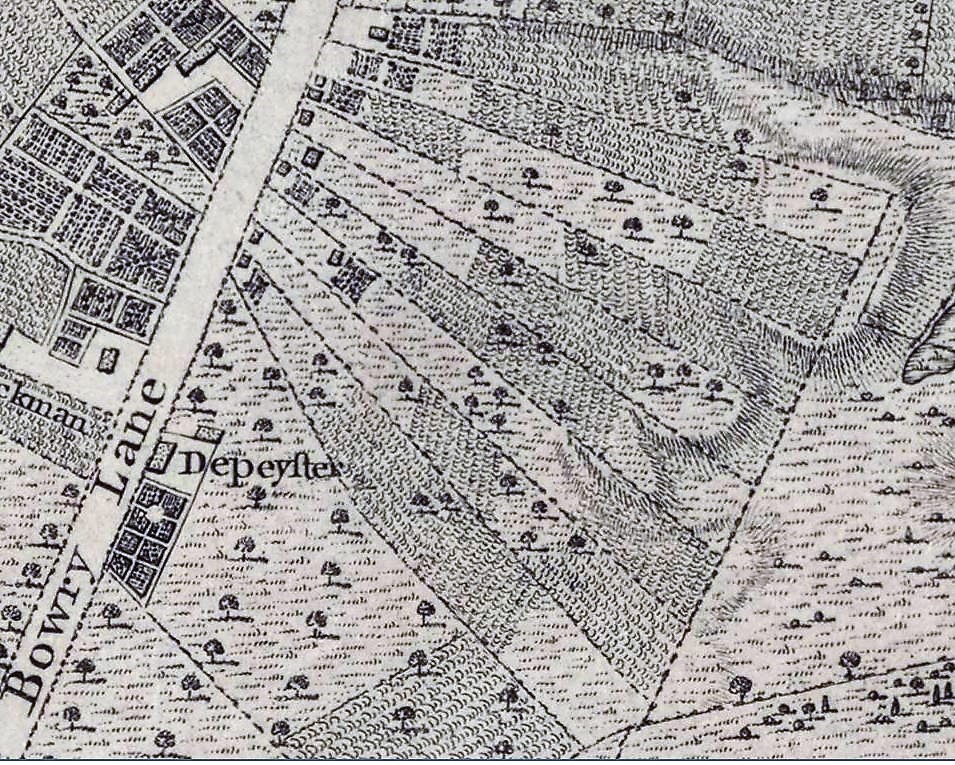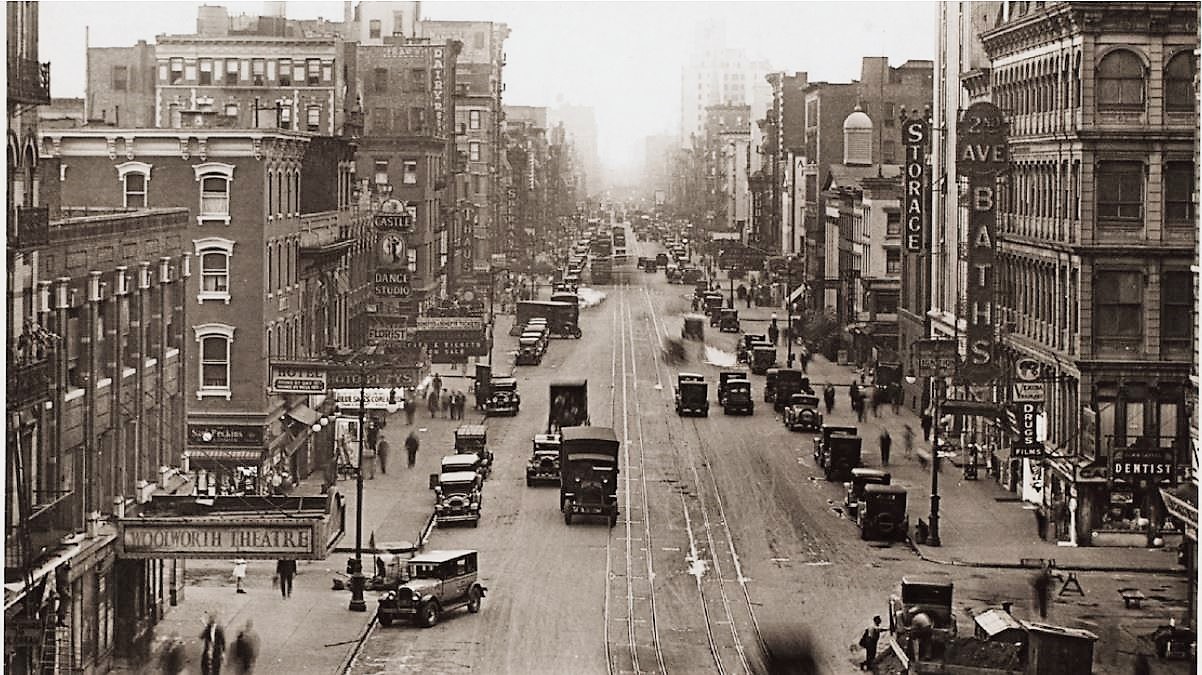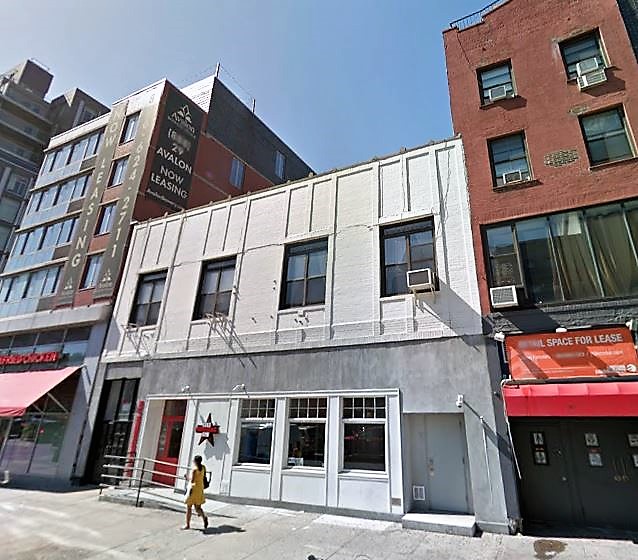
Speck was an ordinary New York City cat who led an ordinary life in Frederick Turkowsky’s plumbing shop at 27 Second Avenue. Up until December 5, 1906, very few people on the Lower East Side, save for Frederick, even knew she existed.
According to a plumbing trade journal published in April 1905, Frederick was already established in a shop at 28 Second Avenue when he opened a second basement shop and storeroom across the street in a four-story tenement at 27 Second Avenue. Speck spent much of her time in the basement shop, sleeping peacefully in the cozy box that Frederick provided for her. It was in this box that Speck gave birth to kittens during the week of Thanksgiving 1906.

Two weeks later, on December 5, Speck and her kittens were enjoying a nap in the box when a defective gas meter exploded, setting fire to the ceiling and walls. Frederick had already locked up and left for the day when the explosion took place. With the door locked, there was no way for Speck and her kittens to get out. So she did what any ordinary cat would do in this situation: she cried lustily.
Roundsman Henry Hellmers of the Fifteenth Precinct on East Fifth Street was making the rounds when he heard the cat crying as he passed by the tenement. Hellmers had been on patrol since being appointed to the New York Police Department in 1896 (he was promoted to roundsman in 1905), so he could recognize trouble when he heard it.
Peering through the door leading to the basement, he could see the flames licking the ceiling and walls. Upstairs in the apartments, the members of 16 families who lived in the tiny old-law apartments still had no idea what was happening below.
By the time the firemen from Ladder 9 arrived from their station house at 209 Elizabeth Street, the fire had made rapid progress. Down in the basement, as the fire raged on, poor Speck and her four kittens were still trapped.

Fireman Hurley and Speck to the Rescue
It was fireman Joseph Hurley of Ladder 9 who smashed down the door leading to the basement. He saw Speck, with one of her kittens in her mouth, at the top of a low landing.
Speck ran up the steps and deposited her kitten on the sidewalk. Then she ran back into the building and groped her way back to the corner of the room to save the rest. As Speck rescued her four kittens, the firemen continued to battle the blaze.
Following the fire, Roundsman Hellmers said he probably would have walked right by the building had Speck not cried out for help. By late that afternoon, everyone throughout the neighborhood was talking about the hero cat and calling her the best four-footed mother on the Lower East Side.
The fire caused minimal damage to the building–about $500 worth–and everyone except perhaps Frederick Turkowsky were able to celebrate and enjoy the holiday season in their homes.
A Brief History of 27 Second Avenue
The land that now comprises the Lower East Side was originally part of the Dutch West India Company’s Bowery No. 2, acquired by Petrus Stuyvesant, and Bowery No. 3, granted to Gerrit Hendricksen and later acquired by Phillip Minthorne around 1732. Both these large farms were bordered on the west by the Bowery Lane (today’s Bowery).
In 1746, Minthorne tried to sell a portion of his farm without success:
To be sold, a very good small farm or plantation in the Bowery-Lane, a little above a mile from the city of New York, situate between the Plantation of Geradus Stuyvesandt, Esq.; and the House of Capt. Isaac De Peyster; There is on it a good Dwelling-House and Barn, and a good bearing Orchard, with about ten Acres of Meadow, both fresh and salt; The whole contains about fifty Acres more or less, all in good Fence and Repair.

Following Minthorne’s death in 1756, much of the eastern half of the 110-acre bowery was sold to John Jacob Astor. The western half was divided into 27 individual lots, three for each of his nine children: Philip Minthorne, a farmer; John, a cooper; Henry, a tinman; Mangle, a cooper; Hannah, the wife of Viert Banta, a house carpenter; Hilah, the wife of Abraham Cock, a cooper; Margaret, the wife of Nicholas Romaine, a carpenter; Sarah, the wife of Samuel Hallet, a carpenter; and Francyntje (Frankey), the wife of Paulus Banta, also a carpenter.

Development in this area picked up during the 1830s, with elegant single-family row houses turning once empty land into one of New York’s most prestigious neighborhoods. By the 1850s, many immigrants began to settle in the area as wealthier residents moved farther uptown. The lovely row houses were converted for multiple-family dwellings and boarding houses, and eventually replaced by tenements to accommodate the housing demand.
The narrow, 4-story tenements at 27 and 29 Second Avenue were built in 1855 for William W. White. They were originally constructed as two of six 4-story tenement buildings that ran from No. 29 Second Avenue to the corner of East 1st Street (29 Second Avenue still stands, and is now a high-end residence with retail space on the ground floor).
In the early 1900s, 27 Second Avenue was a boarding house owned by George Norris. In 1913, the tenements at 23, 25, and 27 Second Avenue were combined to make way for a new marble-front “photo play” theater designed by Louis A. Sheinart, an architect of many theaters of this period. The new building also featured a store and lofts.

In 1930, the first floor was being used as a museum; in 1937 it was converted to a store with meeting rooms above. The top floor reportedly became residential in 1961.





